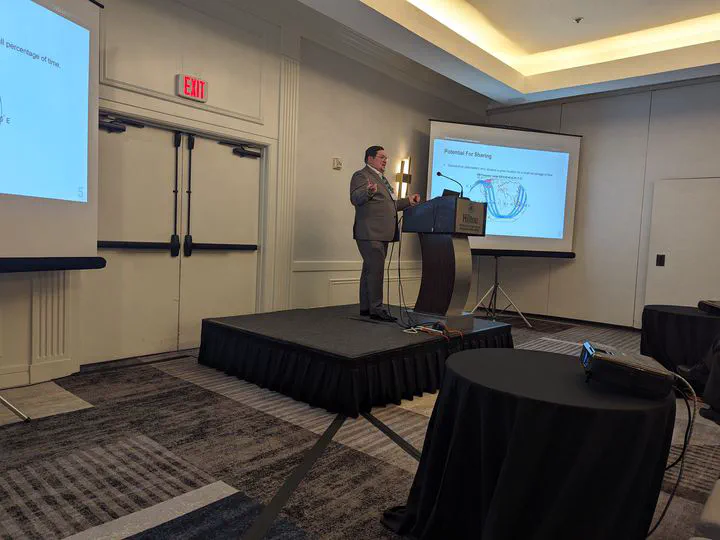Spectrum Sharing between Earth Exploration Satellite and Commercial Services: An Economic Feasibility Analysis
May 14, 2024·,,·
0 min read
Jonathan Chamberlain
Joel Johnson
David Starobinski
 Image credit: Prof. David Starobinski
Image credit: Prof. David StarobinskiAbstract
Microwave radiometers operating on Earthobserving satellites provide critical support for weather forecasting as well as oceanographic, atmospheric, and geophysical monitoring. Maintaining spectrum access is vital for continued support of these observations which are easily corrupted by any anthropogenic transmissions occurring within the time-frequency space utilized by the radiometers. Despite these requirements, spectrum sharing is also well motivated to accommodate the ongoing expansion of high band 5G systems, given the relative sparsity in time of radiometer spectrum access at a specific location. In this paper, we propose a joint queuing and game-theoretic model to evaluate the conditions under which commercial users have incentive to utilize shared spectrum in the face of preemptions by Earth Exploration Satellite Service (EESS) users. The model is justified using real traces of EESS Spectrum access, which are made publicly available to the research community. We assume commercial users are served by a provider charging a pay-as-you-go admission fee. We determine that in such a scenario, the resulting Nash Equilibrium is unique. However, increasing the fraction of commercial users opting to utilize available spectrum lowers the incentive for newly arriving users to follow suit, impacting provider profits from admission fees. Furthermore, we show that the socially optimal state is attained with the profit-maximizing fee. These results demonstrate the potential for temporal sharing between space-based Earth observing microwave radiometers and commercial users in a manner providing societal benefits.
Type
Publication
2024 IEEE International Symposium on Dynamic Spectrum Access Networks